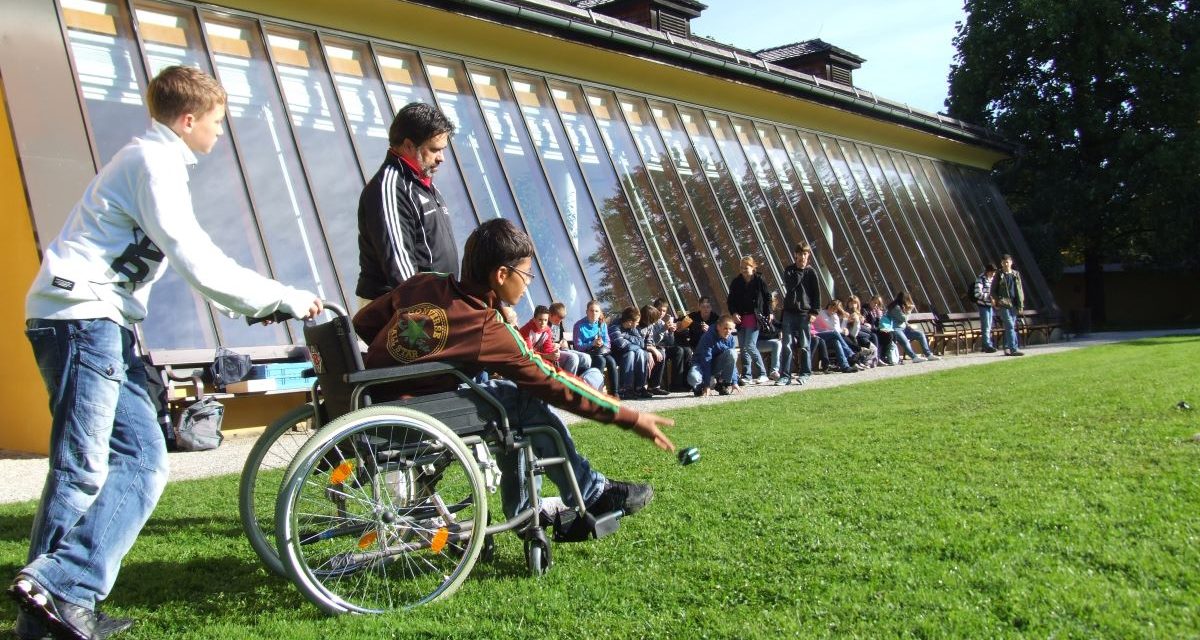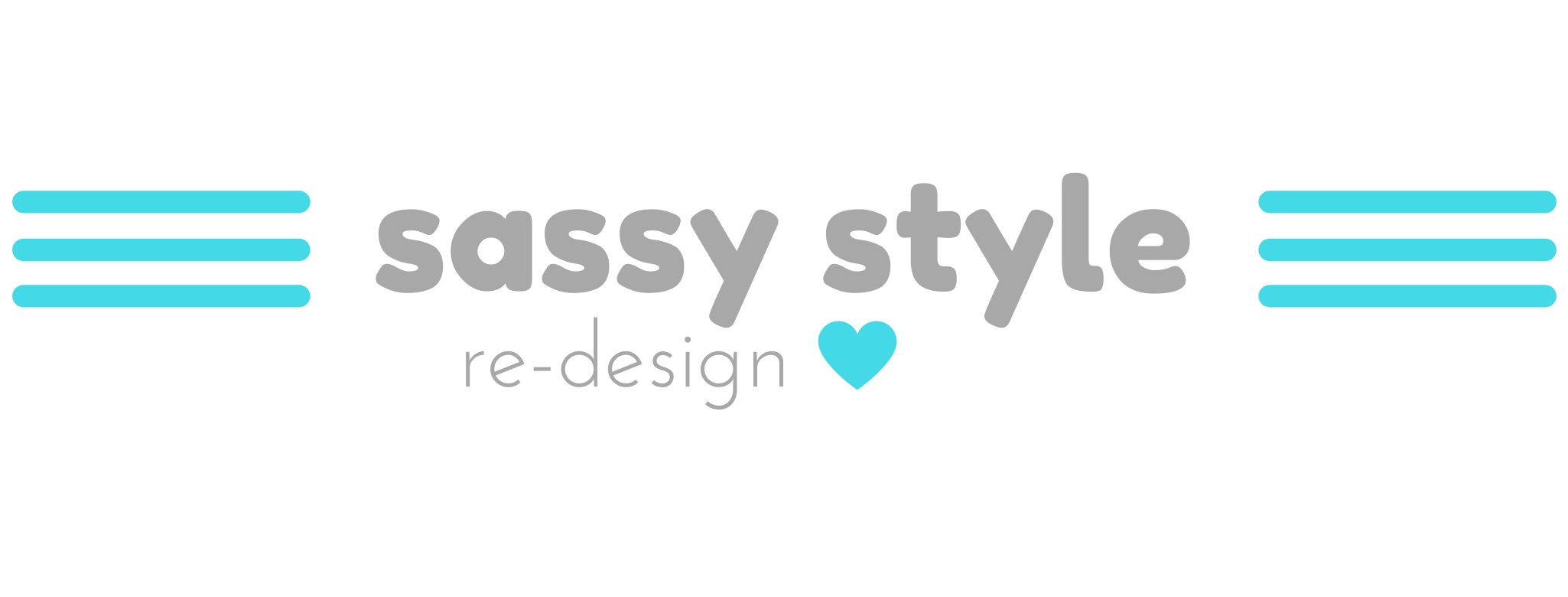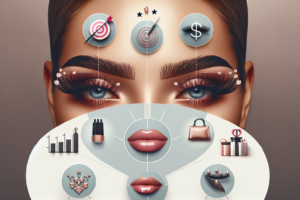Why It Matters: A Guide to Recognising and Respecting Disabilities

Language decisions have an effect on how persons with disabilities feel and are viewed in the community. Understanding the meaning of words is crucial when speaking with, referring to, or working with individuals with disabilities. People with disabilities may experience hurt and exclusion from using disrespectful language, which can prevent them from fully engaging in society.
It is common for descriptions of people with disabilities to be demeaning, disrespectful, discriminatory, and disempowering especially while looking for disability employment services.
Words that perpetuate negative preconceptions about people with disabilities, such as “victim” or “sufferer,” imply that they are miserable with their lives, that they wish to be treated “normal,” and that they should not be pitied.
Said these damaging stereotypes are untrue. Individuals with disabilities are, first and foremost, people; they are workers, parents, and members of our communities. People who are disabled want their lives to be valued and validated. Additionally, a large number of disabled persons wish for their identity to be honoured and are proud of their disability.
In today’s diverse society, it’s essential to recognize and respect individuals with disabilities. Understanding the various types of disability and how they impact individuals is crucial for fostering inclusivity and creating a supportive environment for everyone. This blog aims to provide insights into why it matters to recognize and respect disabilities and offers guidance on how to do so effectively.
- Be mindful of the diversity within the disability community: Disability encompasses a wide range of conditions and affects individuals differently. With variations in cultures, languages, genders, beliefs, and environments, it’s essential to recognize that two people with the same diagnosis may have differing perspectives on their disability.
- Ask individuals about their preferred language for describing their disability: When someone discloses their disability, it’s best to inquire about their preferred terminology. People may have different comfort levels with disclosure and varying preferences for language in various situations.
- Learn about the two main linguistic preferences for addressing disability: People-first language, such as “people with disabilities,” prioritises the individual over their disability to reduce dehumanisation. Identity-first language, like “disabled people,” celebrates disability pride and identity. Using both styles interchangeably respects the diverse preferences within the disability community.
- Avoid condescending euphemisms: Terms like “differently-abled,” “challenged,” and “handi-capable” can be patronising. Avoiding euphemisms and directly addressing disability helps combat stigma and promotes acceptance.
- Refrain from using offensive language, even in jest: Offensive terms like “retard” or “psycho” perpetuate harmful stereotypes and should never be used, even jokingly.
- Promoting Inclusivity: Recognizing disabilities promotes inclusivity by acknowledging individuals’ diverse needs and experiences. Embracing diversity creates a more welcoming and supportive environment where everyone feels valued and included.
- Fostering Empathy and Understanding: Understanding different types of disability encourages empathy and understanding. It allows us to empathise with the challenges others face and offer support and assistance when needed.
- Describe people without disabilities accurately: Terms like “normal,” “healthy,” and “able-bodied” can perpetuate ableist attitudes. Instead, use “non-disabled” or “people without visible disabilities” for more accurate descriptions.
- Recognise that not all disabilities are illnesses, and not all individuals with disabilities are patients. People with disabilities can be healthy, and referring to them as patients is only appropriate in medical settings.
- Avoid portraying people with disabilities as inspirational objects. Successful individuals with disabilities should be celebrated for their achievements rather than objectified as sources of inspiration.
- Ensuring Equal Opportunities: Recognizing disabilities is essential for ensuring equal opportunities for all individuals. It enables us to identify and address barriers to access and participation, allowing people with disabilities to engage in society and pursue their goals fully.
- Supporting Accessibility and Accommodation: Understanding disabilities enables us to support accessibility and accommodation initiatives. We can advocate for inclusive policies and environments accommodating everyone by recognising diverse needs.
- Empowering Individuals: Recognizing disabilities empowers individuals by validating their experiences and identities. It promotes self-advocacy and self-determination, enabling people with disabilities to assert their rights and access support and resources.
- Only mention someone’s disability when relevant: Only disclose a person’s type of disability when it adds clarity or important context to the story, avoiding unnecessary references that may perpetuate stereotypes or stigma.
- Building Stronger Communities: Embracing diversity, including disabilities, strengthens communities by fostering a sense of belonging and solidarity. Recognizing and respecting differences creates a more cohesive and resilient society where everyone can contribute and thrive.
- Creating a Culture of Respect and Dignity: Recognizing disabilities contributes to creating a culture of respect and dignity where everyone is treated with kindness and understanding. It emphasises valuing each individual for who they are, regardless of their abilities or challenges.
Conclusion:
Recognising and respecting disabilities is fundamental to building an inclusive and equitable society. Evaluating the diverse experiences and needs of individuals with disabilities allows us to create a world where everyone feels valued, supported, and empowered to reach their full potential and the first step begins while they are opting for disability employment services. Embracing diversity enriches our communities and strengthens our humanity, making the world a better place for all.



































No comments